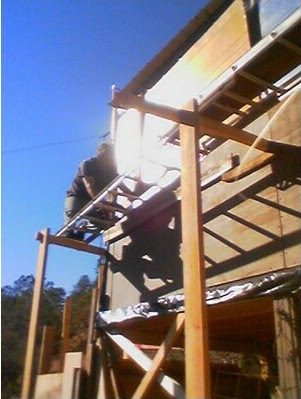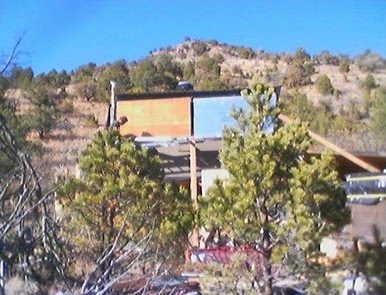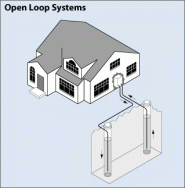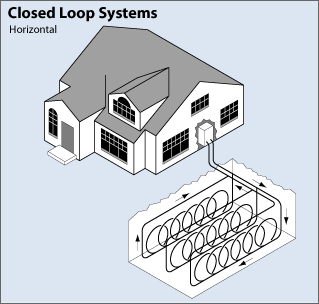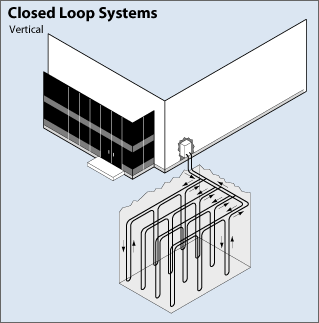Construction Pix
More Pix
I took more pix, here they are:
This is Bob up on a scaffold that he made, he was putting up more panels of wood on the south side of the cabin, the scaffold is about 12 feet in the air.
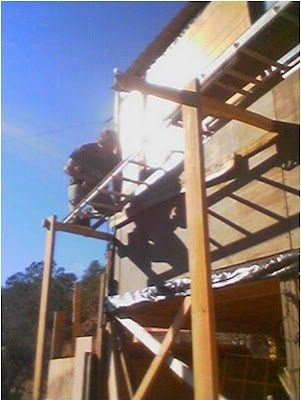
These are in front (south facing) of the cabin.
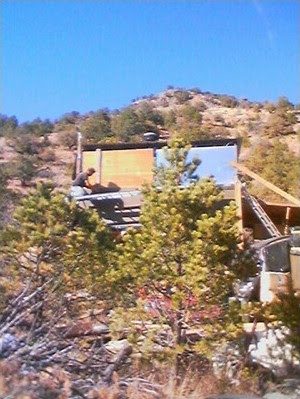
This is on the west side of the cabin, this is where a lot of activity is going on, you can see one of the concrete (soilcrete) walls, it’s not much to look at, yet, but it’s a work in progress.
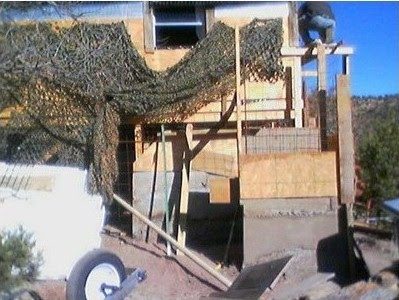
This is the same pix as above, I highlighted the concrete wall in red, it is poured in layers, each layer is about a foot deep, the first layer is highlighted with yellow, the next layer we poured is highlighted in magenta. Between the yellow and magenta layers, we poured that layer too thick, the problem that occurs is with the weight of the concrete, if the pour is too thick, it will cause the form to bulge, we got lucky, it did bulge, but not too much. The form for the next layers is the wood panel that is above the concrete, highlighted in orange. This is only part of the concrete work, this is sort of a bump out, the other concrete work is being done under the cabin just behind what is visible in this picture. The bump out is going to house part of the water system, the top will be as tall as the floor on the cabin (about 6 feet in the air), sorry if I’m not explaining it well, I’ll take more pix as we get more done, it’s true that a picture is worth a thousand words. :)
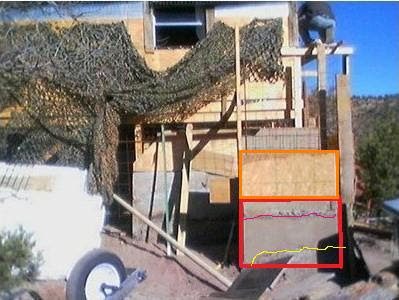
This is Bob removing the wind part of the weather station, he had to do this in order to put up one of the panels on the cabin. You can see what is referred to as a radar net or camoflage net, it’s old military surplus, we have several of these, it works good for us to hide the work in progress, we don’t want our few neighbors who can see us to have to look at the half way done work on the cabin, it also helps us to blend in with the natural scenery, Bob eventually wants to place one on the roof so that when Google Earth updates their satellite images, our place will not show, we like being hidden from the world. ;)
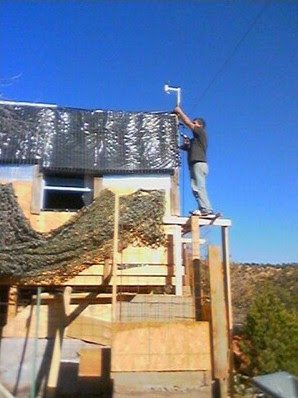
I took more pix today of the cabin from much farther away, it will take me a few days to get it placed on the blog, it’s quite a process, I have to take the picture with the camera in my cell phone, I have to send the pix from my cell phone to my email address, then I have to go to my …
